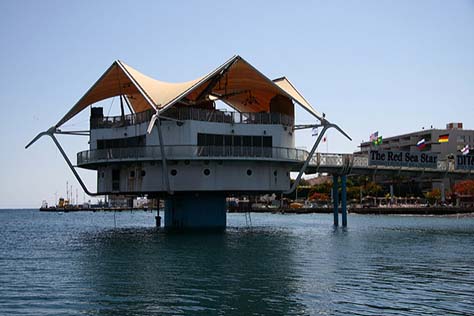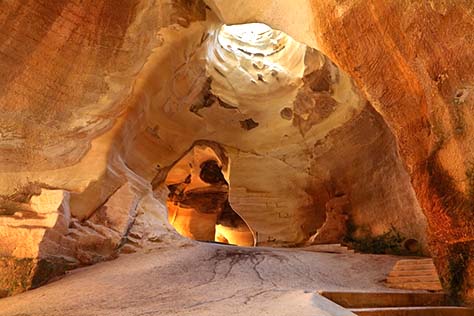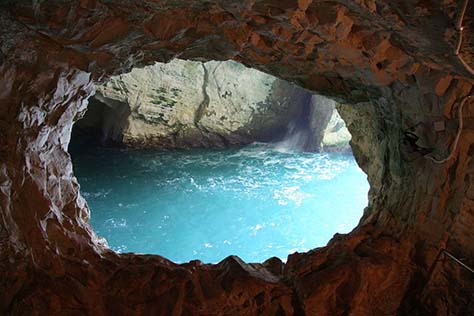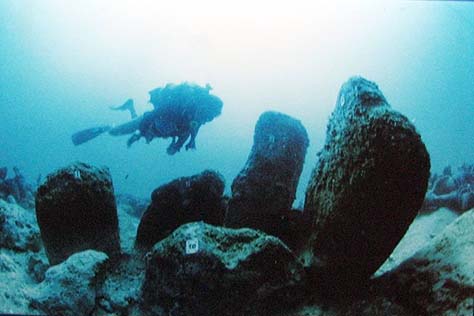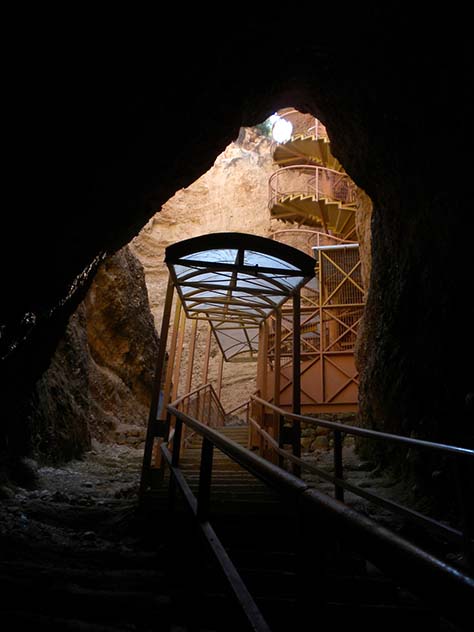Israel is easily one of the worlds “Hidden Gems” in itself, let alone all of the hidden attractions and finds in the country. Here are five of our favorite hidden attractions that you should take the time to visit in Israel.
1. Red Sea Star
There are few places to dine where the table next to you is a colorful school of fish passing and a window next to your silverware leads out to the Red Sea. Each table of the restaurant has two large windows, one at its side, and one above the table. At night, the coral gardens around the Red Sea Star are softly illuminated with a light, designed not to disturb the fragile Eco-system.
2. Beit Guvrin Caves
Dug out from beneath an area that was once known as the Israeli cities of Maresha and Beit Guvrin, the network of caves seem to have been created for a number of different reasons down the ages, but stand today to wow Jewish pilgrims traveling to the homeland. Archaeologists have discovered chambers dating from many of the eras of the area including Sidonian, Israelite, and Roman. Some of the caves appear to have been created to serve as defenses and hideouts, while others still look to have been made simply by chalk mining. Perhaps the most impressive portion of the over 3,000 chamber network are the painted burial rooms that were created by the Sidonians.
3. Rosh HaNikra Grottoes
Located on the coast near the border to Lebanon, Israel’s Rosh HaNikra Grottoes are a popular nature site that was once only available to divers, but thanks to the installation of the world’s steepest cable car, anyone can come and see the immaculate blue waters of these natural caves.
4. Atlit Yam
Off the coast of the village of Atlit lie the submerged ruins of the Neolithic site of Atlit-Yam. The site, which dates between 6900 and 6300 BC, lies around 10m beneath the current sea level and covers an area of 40,000 m². The site was discovered in 1984 by marine archaeologist Ehud Galili, and since then, underwater excavations have unearthed houses, graves, and wells. Scientists believe that Atlit-Yam was abandoned suddenly as a result of a tsunami hitting the region, probably caused by a volcanic eruption in the Mediterranean area.
5. Tel Hazor
Tel Hazor occupies over 200 acres just north of the Sea of Galilee and has yielded some of the most impressive archaeological finds from the ancient Near East to date. Of particular note are both the Canaanite Orthostat and Stele Temples, as well as the Solomonic gate system dating back to the Iron Age.
For more information, please see Atlas Obscura.

